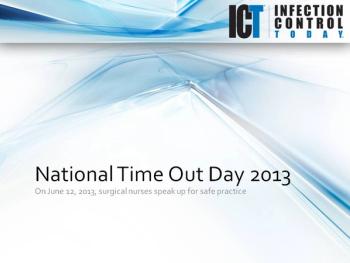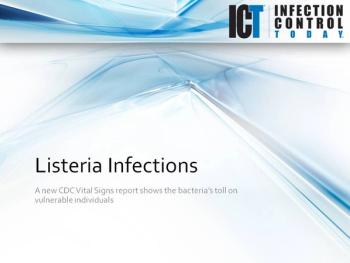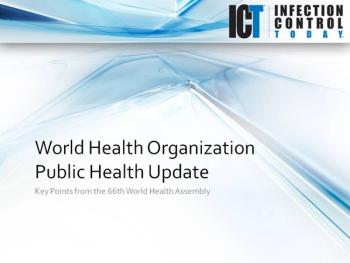
News












Using new cold plasma technology which he developed in the Plasma Engineering Research Lab (PERL) at Texas A&M University-Corpus Christi, Dr. Magesh Thiyagarajan is stopping these killer bacteria before they find a host.




Companies are announcing their educational offerings as well as opportunities to netwrok and see new products and services at the 40th annual meeting of the Association for the Professionals in Infection Control and Epidemiology (APIC), to be held June 8-10, 2013 in Ft. Lauderdale, Fla.









Infection prevention and control (IP&C), as a discipline grounded in implementation science, must simultaneously incorporate research, innovation and experience from academia, industry, and clinical practice to best serve the needs of the patient. As the Association for Professionals in Infection Control and Epidemiology (APIC) gathers for its 40th Annual Conference this month, it seems an opportune time to reflect on the interdependence of the main players in working toward the vision of healthcare without infection and the role that industry plays in advancing the work of our members.

Infection preventionists are helping to determine which practices make it to the bedside, a critical component of this diffusion of evidence is called implementation science. A recent study revealed that there is general agreement among hospital-based IPs in regard to which interventions have weak or strong evidence supporting their use to prevent healthcare-associated infections (HAIs).


